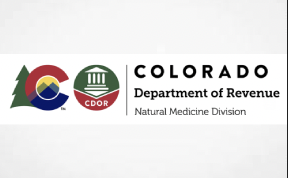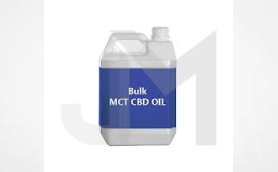This article was originally published by Insight Crime, a Medellín-based foundation dedicated to the investigation and analysis of crime and security in Colombia and Latin America.
In Venezuela, recent seizures of urea, a chemical precursor used in the production of cocaine, show how the country continues to be a source of raw materials for drug production in the region.
One example came on August 15 when officials from the Bolivarian National Guard (Guardia Nacional Bolivariana – GNB) confiscated 9 tons of urea in the Simón Bolívar municipality of the northeastern state, Anzoátegui. This seizure took place during a security operation to counter fuel theft from the state company Petróleos de Venezuela (PDVSA), which produces large quantities of urea.
Photo: A drug lab in Caqueta, Colombia, that was producing coca paste before being busted by Colombian military in 2018. (Photo credit: Comando General de las Fuerzas Militares)
In a statement published on social media, Domingo Hernández Lárez, the operational strategic commander of the Venezuelan Armed Force (CEOFANB), stated that “these chemical substances could potentially be used as precursors in the production of illegal drugs.”
Although urea is one of the most widely used fertilizers in the agricultural industry, criminal structures also use it to process coca leaves and extract the basic coca paste. Urea is also employed to clandestinely produce ammonia, which is used to purify coca base and to transform it into cocaine hydrochloride.
This was the latest in a string of seven large-scale seizures since late 2020. The most significant of these came in November 2022 in Carabobo state, when authorities seized three tankers carrying 90 tons of urea and arrested eight individuals accused of stealing and reselling controlled substances.
These cases have all taken place near installations belonging to PDVSA subsidiary, Petroquímica de Venezuela (Pequiven), which produced up to 1,900 metric tons of urea daily back in 2019. Almost all of these seizures have also occurred near the Colombian border, where nascent Venezuela cocaine production takes place.
Of the seven confiscations recorded by InSight Crime between 2020 and August 2023, four happened in the border states of Apure and Táchira, as well as another in Monagas, which borders the Orinoco River, a common drug trafficking route between Colombia and Venezuela.
InSight Crime Analysis
Venezuela’s capacity to produce and export urea has established it as a significant supplier of a much-needed substance for cocaine producers, which is scarcely available anywhere else in the region.
A global fertilizer shortage prompted President Nicolás Maduro to announce in August 2022 that Venezuela would export urea. In September of that year, Colombia received a legal shipment of 8,000 tons of the chemical.
But beyond supplying Colombia’s legal fertilizer market, seizures of urea in Venezuelan border areas show that it is also being smuggled to feed Colombian drug production labs, according to official reports.
“The urea seized in Venezuela is typically intended for cocaine processing. It’s not only to meet the needs of cocaine labs in Colombia and abroad but also to supply labs within [Venezuela],” a drug trafficking expert told InSight Crime, requesting anonymity for security reasons.
Colombian drug traffickers’ demand for urea is high because the country imports 75% of its fertilizers, as it lacks the necessary technology to produce this chemical at an industrial level.
Read more at

















